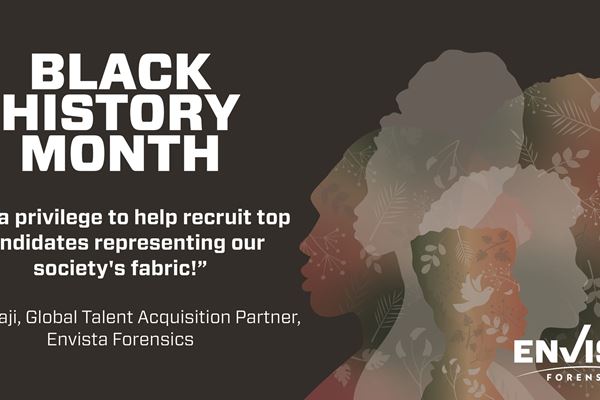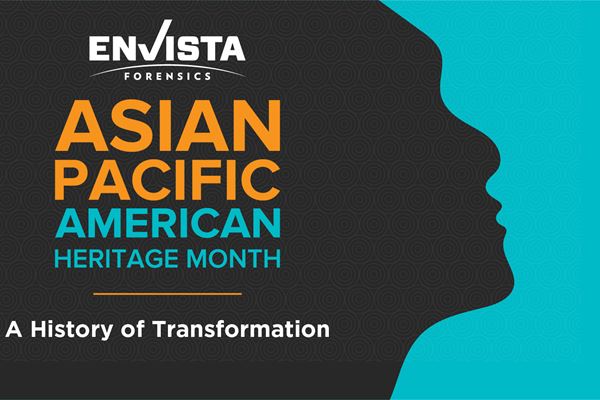General
A History of Transformation: Asian American and Native Hawaiian/Pacific Islander Engineers and Their Pioneering Achievements
27 May 2022
Article
![asian history month may 2022 02]()

Throughout US history, Asian Americans and Pacific Islanders (AAPI) have been responsible for many groundbreaking technological innovations and scientific discoveries.
Here are five Asian American and Pacific Islanders whose breakthroughs have changed the world as we know it and whose names we should all know:
- Fazlur Rahman Khan (3 April 1929 – 27 March 1982) was a Bangladeshi-American structural engineer and architect who invented the tube principle, which formed the basis for modern skyscraper design. He proposed that instead of designing structures around a solid core, the perimeter walls of high-rise buildings should resemble a thin hollow cylinder. His design enabled towers to withstand forces, such as strong winds or earthquake vibrations, and significantly reduced construction costs and environmental impacts. Khan was also a pioneer in computer-aided design (CAD), in which computers are used to create, modify, analyze, and optimize a design. Khan designed Chicago’s Sears Tower since renamed Willis Tower, the tallest building in the world from 1974 to 1998 and the 100-story John Hancock Center. For his innovative contributions to modern skyscraper design, Khan is known as the Einstein of structural engineering.
- Anna Mani (23 August 1918 – 16 August 2001) was an Indian meteorologist who contributed significantly to the understanding of solar radiation, ozone, and wind energy by developing a wide range of measurement tools. One of India’s pioneering female scientists, Mani excelled in the male-dominated area of meteorology and became the Deputy Director-General of the India Meteorological Department. She also held several important positions in the World Meteorological Organization (WMO). Mani’s early research on the spectroscopy of diamonds and rubies at the Indian Institute of Science resulted in five research papers and a PhD dissertation. However, she was not awarded a PhD as she did not have a Master’s degree. Undaunted, Mani studied meteorological instruments at Imperial College London. Dedicated to accuracy, she became an expert at designing meteorological instruments, such as ozone and radiation measuring devices, and started a company to manufacture them. Also passionate about nature, trekking, and birdwatching, Mani advised young professionals this way, “We have only one life. First equip yourself for the job, make full use of your talents, and then love and enjoy the work, making the most of being out of doors and in contact with nature.”
- Rajeshwari Chatterjee (24 January 1922 – 3 September 2010) was the first female engineer from Karnataka in India. Chatterjee earned a Master’s degree and a doctoral degree from the University of Michigan on a scholarship awarded by the Delhi government. When Chatterjee returned to India, she became a faculty member at the Indian Institute of Science’s Department of Electrical Communication Engineering, where she taught electromagnetic theory, electron tube circuits, microwave technology, and radio engineering. Chatterjee and her husband set up the first microwave engineering research laboratory in India. In her career, she wrote over 100 research papers and authored seven books. For her contributions to microwave engineering, Chatterjee won many notable awards, including the J.C Bose Memorial prize for the best research paper from the Institution of Engineers and the Ramlal Wadhwa Award for the best research and teaching work from the Institute of Electronics and Telecommunication Engineers. Her contributions to microwave research and antennae engineering are used in the field of radar and aircraft and spacecraft applications. Chatterjee was also interested in societal issues and after retiring from research, worked with social programs to address issues of caste segregation, gender discrimination, and poverty.
- Gregorio Y. Zara (8 March 1902 – 15 October 1978) was a Filipino engineer and physicist best remembered for inventing the first two-way video telephone. Zara’s video telephone invention enabled the caller and recipient to see each other while conversing, laying the foundation for videoconferencing. Zara was an outstanding student who graduated valedictorian in elementary and high school before obtaining a scholarship to study mechanical engineering at the Massachusetts Institute of Technology (MIT). He went on to graduate with the highest distinction in aeronautical engineering and physics from the University of Michigan and the University of Paris, respectively. Zara held 30 patents for devices and equipment. Other notable creations include an induction compass used by pilots for direction, a solar-powered water heater, and an alcohol-fueled aeroplane engine. Zara also discovered a law of electrical kinetic resistance known as the Zara effect.
- Wu Lien-teh (10 March 1879 – 21 January 1960) was a Malaysian-born doctor who invented a mask that effectively suppressed disease transmission. Winning the prestigious Queen’s Scholarship enabled Wu to become the first Chinese student to study medicine at the University of Cambridge. The Chinese government later enlisted Wu to investigate the 1910-1911 pneumonic plague in Manchuria. After Wu established that the disease was spread by airborne droplets, he designed a mask with layers of gauze and cotton to filter the air. That mask is thought to have inspired the design of the current-day N95 mask. Wu took several other decisive actions that curbed the death rate and helped snuff out the Manchuria epidemic within seven months. He instructed that plague victims be hospitalized, their homes disinfected, and contact with others prohibited. He also called for cremating the bodies of those who succumbed to the disease, since rats rummaging among unburied bodies appeared to spread the disease. Over a century later, it’s clear that Wu’s approach to disease control set a valuable example for public health officials wrestling with threats including COVID-19.
Source: https://www.asiaresearchnews.com/content/giants-history
Has a recent catastrophe affected you?
Our experts are ready to help.



